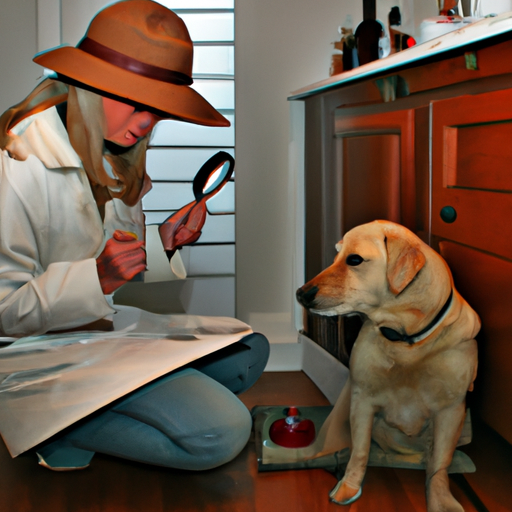Introduction
Let’s face it, as a devoted caregiver, the health and wellbeing of your furry friend matter to you. You always want them to be happy, playful and, above all, healthy. But, what do you do when your dog gets ticks? This might sound like a horror story, but don’t worry, you’re not alone in this. Ticks are common parasites that can cause serious health issues in dogs. Fortunately, you’ve got the power to turn the tide. So, buckle up and read on to learn how to treat ticks on dogs.
Why Are Ticks a Problem?
Ticks are more than just creepy crawlers. They carry a hefty luggage of diseases that can affect both you and your canine companion. Below are some of the reasons why ticks are a problem:
-
Lyme Disease: This is a bacterial infection that can lead to issues such as fever, loss of appetite, lameness, and even kidney damage.
-
Rocky Mountain Spotted Fever: Symptoms include fever, joint pain and, if not treated early, can lead to severe cases like organ damage.
-
Tick Paralysis: This is a rare, but potentially fatal condition caused by a toxin in tick saliva.
-
Anaplasmosis: Symptoms include joint pain, fever, and lethargy.
Identifying Ticks on Your Dog
Identifying ticks on your dog is the first step to winning the battle. Ticks can be found anywhere on your dog but they prefer places where the skin is thin. Here are common spots where you can find ticks on your dog:
- Inside the ears
- Between the toes
- Under the collar
- In the groin area
How to Remove Ticks
Now that you’ve identified the enemy, it’s time to launch the attack. Here’s a step-by-step guide on how to remove ticks:
- Prepare Your Tools: Gather a pair of tweezers or a tick remover, gloves, isopropyl alcohol, and a jar with a lid.
- Remove the Tick: Wear your gloves, grasp the tick as close to your dog’s skin as possible, and gently pull upwards with steady, even pressure.
- Dispose of the Tick: Put the tick in the jar and cover it with isopropyl alcohol to kill it.
- Clean the Bite Area: Use a mild soap and warm water to clean your dog’s skin.
| Steps | Process |
|---|---|
| 1 | Prepare Your Tools |
| 2 | Remove the Tick |
| 3 | Dispose of the Tick |
| 4 | Clean the Bite Area |
Prevention is Better Than Cure
Now that you’ve dealt with the tick problem, it’s time to prevent future infestations. Here’s how:
- Regularly check your dog for ticks, especially after outings.
- Use tick prevention products like tick collars, sprays, or oral medications.
- Keep your yard clean and well-trimmed as ticks love tall grasses and shrubs.
FAQs
Q1: Can I remove a tick with my fingers?
No, it’s not recommended. You might squeeze the tick and cause it to release more toxins.
Q2: How soon should I see a vet after removing a tick?
If your dog shows any signs of illness such as fever, loss of appetite, or lameness, see a vet immediately.
Q3: Can ticks infest my home?
Yes, ticks can infest homes. Regular cleaning and use of tick prevention products can help control them.
Q4: Can all ticks cause diseases?
Not all ticks carry diseases, but it’s best to be safe and remove them as soon as you spot them.



